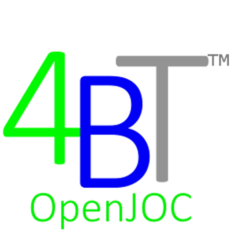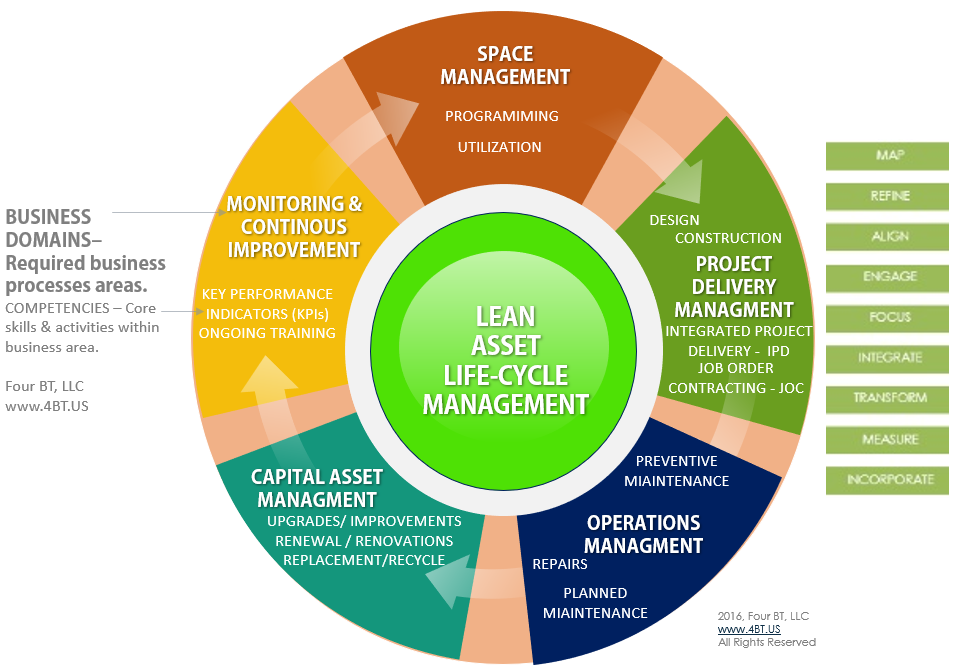Action Needed to Increase the Reliability of Construction Cost Estimates
Action Needed to Increase the Reliability of Construction Cost Estimates per the GAO.
While this report targets defense infrastructure, the issue is far worse at the GSA and other non-DOD government agencies where there is a basic lack of understanding and implementation of organization-wide, best value, LEAN Facilities Management, and LEAN Construction Delivery Methods.

In all instances more effort is needs to efficiently and strategically manage our government owned built infrastructure from life-cycle and best value perspectives.
GAO determined that DOD cost estimators did not follow all the best practices associated with the four characteristics—comprehensive, well-documented, accurate, and credible—of a reliable estimate for these projects.DEFENSE INFRASTRUCTURE:Action Needed to Increase the Reliability of Construction Cost Estimates
-DEFENSE INFRASTRUCTURE: Action Needed to Increase the Reliability of Construction Cost Estimates GAO-18-101: Published: Mar 27, 2018. Publicly Released: Mar 27, 2018.
Focus should be upon renovation, repair, maintenance, and similar sustainment activities to assure mission readiness. The bulk of funding should be spent upon planned an preventive activities versus emergency or unplanned projects.
LEAN construction delivery methods such as Integrated Project Delivery, IPD for major new construction and Job Order Contracting, JOC for repair, renovation, and minor new construction should be used almost exclusively for infrastructure sustainment. Open, locally researched, detailed unit prices should be used to improve the validity of project definition and cost estimates.









































































 Local construction cost data is critical to owners, builders, and architects. Using area cost factors or “localization factors” simply doesn’t work as it doesn’t account for changes in crews, actual labor variations, and so on.
Local construction cost data is critical to owners, builders, and architects. Using area cost factors or “localization factors” simply doesn’t work as it doesn’t account for changes in crews, actual labor variations, and so on.



















